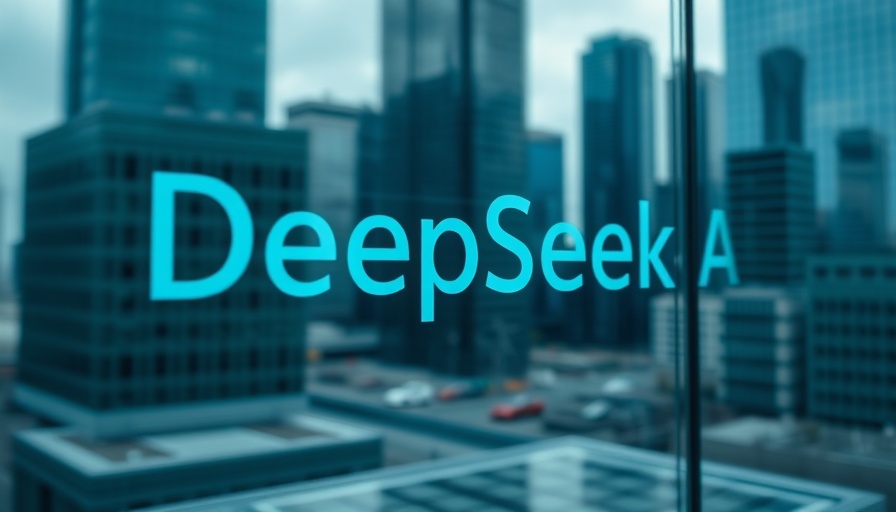
The Rise of DeepSeek and the Need for Caution
As excitement mounts over DeepSeek's rapid ascent in the AI realm, particularly following its release of the high-performing R1 reasoning model, industry leaders must tread carefully. Within just a week, DeepSeek became synonymous with innovation, surpassing entrenched competitors like ChatGPT in app downloads. Although the founder Liang Wenfeng's ambition and unique funding model position the startup as a disruptive force, the unearthing of significant security vulnerabilities amid its rising popularity beckons serious scrutiny.
Understanding the Risks: Data Exposure and its Consequences
The recent exposure of sensitive API keys from DeepSeek's public database has raised alarm bells. This incident not only jeopardizes user data but also underscores the vulnerabilities inherent in rapidly evolving technologies. The immediate implication of a data breach extends beyond individual users—the incident could result in systemic issues for businesses employing DeepSeek’s AI solutions. Executives must consider the ramifications of integrating such technologies into their operations, particularly when it comes to data security.
Historical Context: Learning from Past AI Security Breaches
This is not the first time an AI platform has faced backlash due to security flaws. Historical incidents, such as the data breaches experienced by high-profile tech companies, serve as reminders of the importance of robust security protocols. The evolution of AI technology must always factor in these lessons, as failure to do so can undermine trust between users and providers. In raising awareness around these issues, stakeholders can work collectively to build safer AI applications.
What Sets DeepSeek Apart: Innovation at What Cost?
DeepSeek has managed to craft a model that challenges giants by utilizing open-source approaches and older hardware, drastically reducing costs. The allure of low prices often overshadows potential risks. This model’s accessibility means that any user, regardless of technical expertise, can manipulate the AI, a double-edged sword that emphasizes the urgency for thorough vetting processes. As leaders contemplate avant-garde implementations in their organizations, understanding these costs becomes essential in weighing long-term benefits against immediate appeal.
Future Predictions: Navigating the Path Ahead
Looking ahead, the trajectory of AI adoption juxtaposed with increasing security challenges will decidedly influence corporate strategies. As organizations finalize their AI integration plans, they must adopt a comprehensive risk management approach. This includes assessing third-party software security, incorporating rigorous testing cycles, and ensuring compliance with emerging regulations. The future lies not just in innovation but in responsible innovation that safeguards both users and data.
Conclusion: The Call for Corporate Responsibility
While the excitement surrounding DeepSeek introduces a wealth of possibilities in the AI landscape, it is imperative for industry leaders to proceed with caution. Each organization holds the responsibility to ensure the security and integrity of their data housed within these innovative frameworks. Adoption must not come at the expense of security. As we move deeper into the era of AI, let us prioritize responsible and secure integration strategies.
 Add Row
Add Row  Add
Add 




Write A Comment